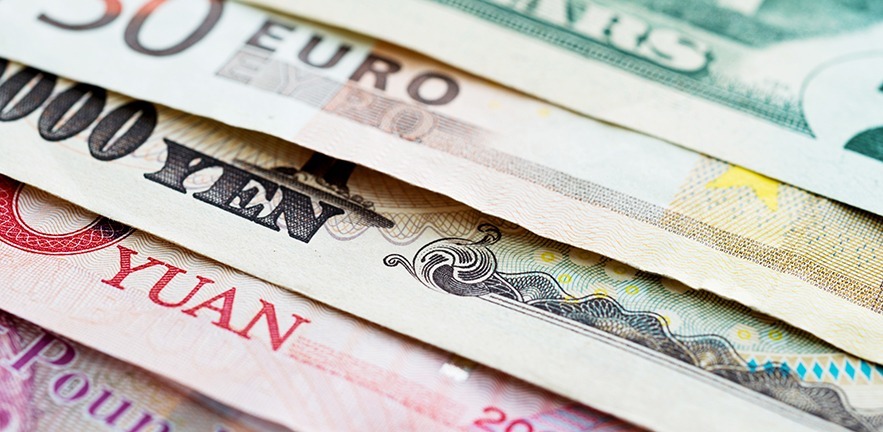Credit Suisse Global Investment Returns Yearbook 2020, co-authored by Professor Elroy Dimson of Cambridge Judge Business School, finds that equities remain the best long-term investment.

The Credit Suisse Global Investment Returns Yearbook 2020, co-authored by Professor Elroy Dimson of Cambridge Judge Business School, finds that equities remain the best long-term investment and they performed especially well over the past decade.

The Yearbook, issued 25 February, found that global equities have provided an annualised real (after inflation) return of 5.2 per cent over the past 120 years, compared to 2.0 per cent for bonds and 0.8 per cent for bills. Over the past decade, global equities had an annualised real return of 7.6 per cent compared with a real return of 3.6 per cent from bonds.
The Yearbook looks at return and risk from investing in equities, bonds, cash and currencies in 23 countries since 1900. It is authored by Professor Elroy Dimson, Chairman of the Centre for Endowment Asset Management at Cambridge Judge, and by Professor Paul Marsh and Dr Mike Staunton of London Business School.
The 2020 Yearbook, published by the Credit Suisse Research Institute, includes a new dedicated chapter on environmental, social and governance (ESG) investing. The authors conclude that, while on balance, there is no unambiguous evidence that ESG enhances risk-adjusted returns, there is equally no evidence that investors need to pay a high price for their principles.
“While ESG investing is relatively new, it is clearly of crucial importance,” the authors said. “We find that, contrary to what is often claimed, ESG investing does not involve any significant sacrifice of risk-adjusted return.”

